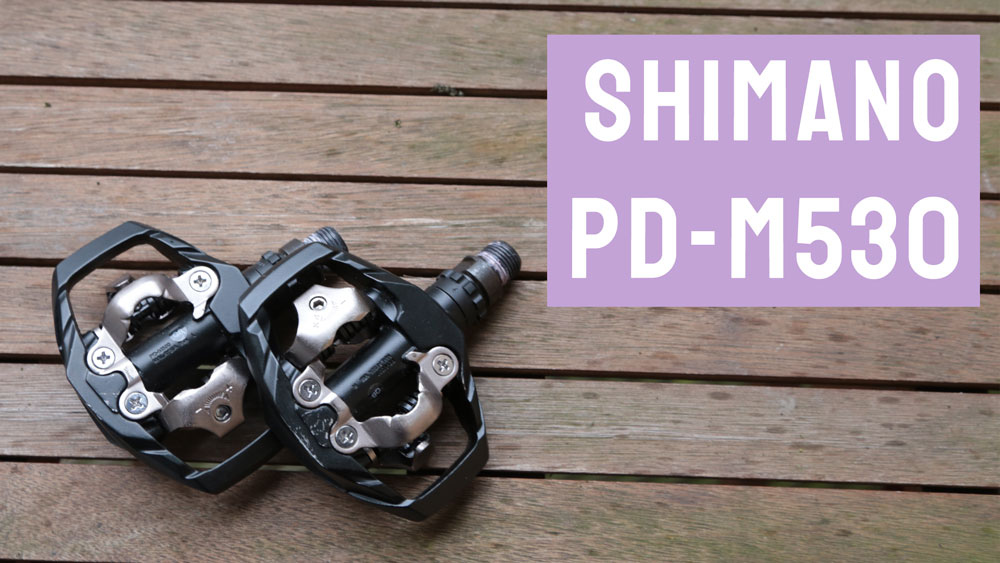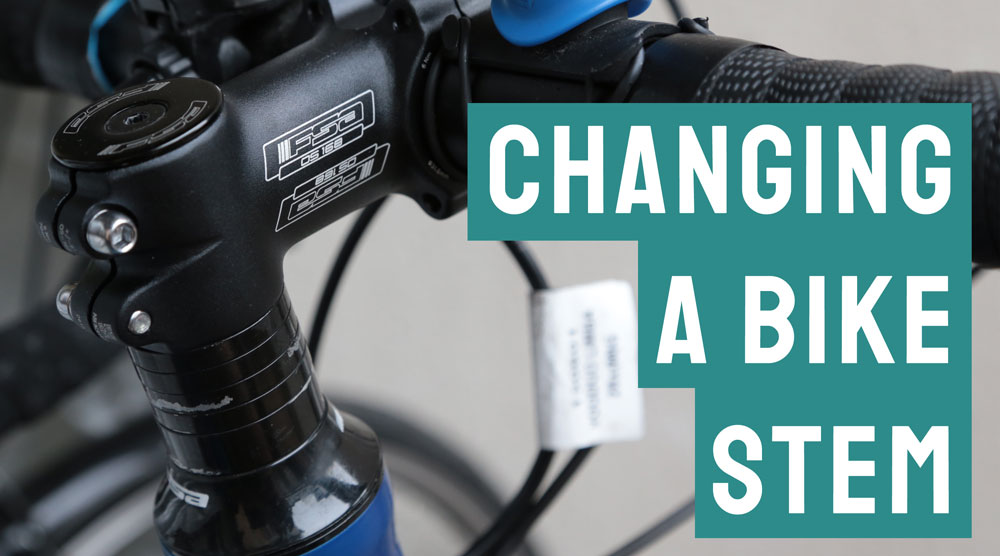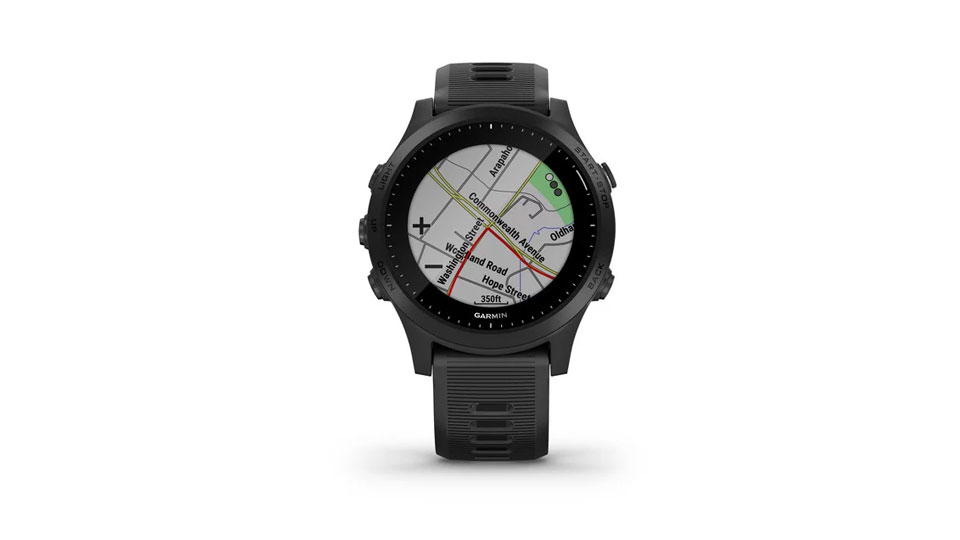Shimano PD-M530 bike pedal review
Thursday, May 9th, 2019 | Video

The Shimano PD-M530 is a dual-sided SPD bike pedal. SPD is Shimano’s two-point mountain bike cleat but is also a favourite for commuting or those who are new to clipless pedals because it is easier to clip in and out of than the road version, SPD-SL.
The M530 has SPD cleats on both sides. This means that you do not need the pedal to the be the correct way up; you can push your foot down, and it doesn’t matter what side it is on.
The pedal comes with the standard dial to make it easier or more difficult to clip in and out of. Being dual-sided, though, means that you have two dials on each pedal which means you have to set the tension to how you like it four times in total.
They are mostly black, which should match standard crank arms. They have a larger surface area than other styles of SPD pedals, such as egg beaters, which makes it easier to find with your foot. You won’t be able to use them as flats, though, as your foot always makes contact with the cleat. And, having a larger surface area, they are heavier than other types.
If you like the look of these pedals, you may also want to consider the Shimano PD-EH500, which is similar but has a flat side as well as an SPD side, allowing you to choose between clipless and flats. In the video, I’m actually demoing the EH500, but only on the SPD side, which is identical to the M530.
Music credits: The Kyoto Connection – Fly

The Shimano PD-M530 is a dual-sided SPD bike pedal. SPD is Shimano’s two-point mountain bike cleat but is also a favourite for commuting or those who are new to clipless pedals because it is easier to clip in and out of than the road version, SPD-SL.
The M530 has SPD cleats on both sides. This means that you do not need the pedal to the be the correct way up; you can push your foot down, and it doesn’t matter what side it is on.
The pedal comes with the standard dial to make it easier or more difficult to clip in and out of. Being dual-sided, though, means that you have two dials on each pedal which means you have to set the tension to how you like it four times in total.
They are mostly black, which should match standard crank arms. They have a larger surface area than other styles of SPD pedals, such as egg beaters, which makes it easier to find with your foot. You won’t be able to use them as flats, though, as your foot always makes contact with the cleat. And, having a larger surface area, they are heavier than other types.
If you like the look of these pedals, you may also want to consider the Shimano PD-EH500, which is similar but has a flat side as well as an SPD side, allowing you to choose between clipless and flats. In the video, I’m actually demoing the EH500, but only on the SPD side, which is identical to the M530.
Music credits: The Kyoto Connection – Fly

